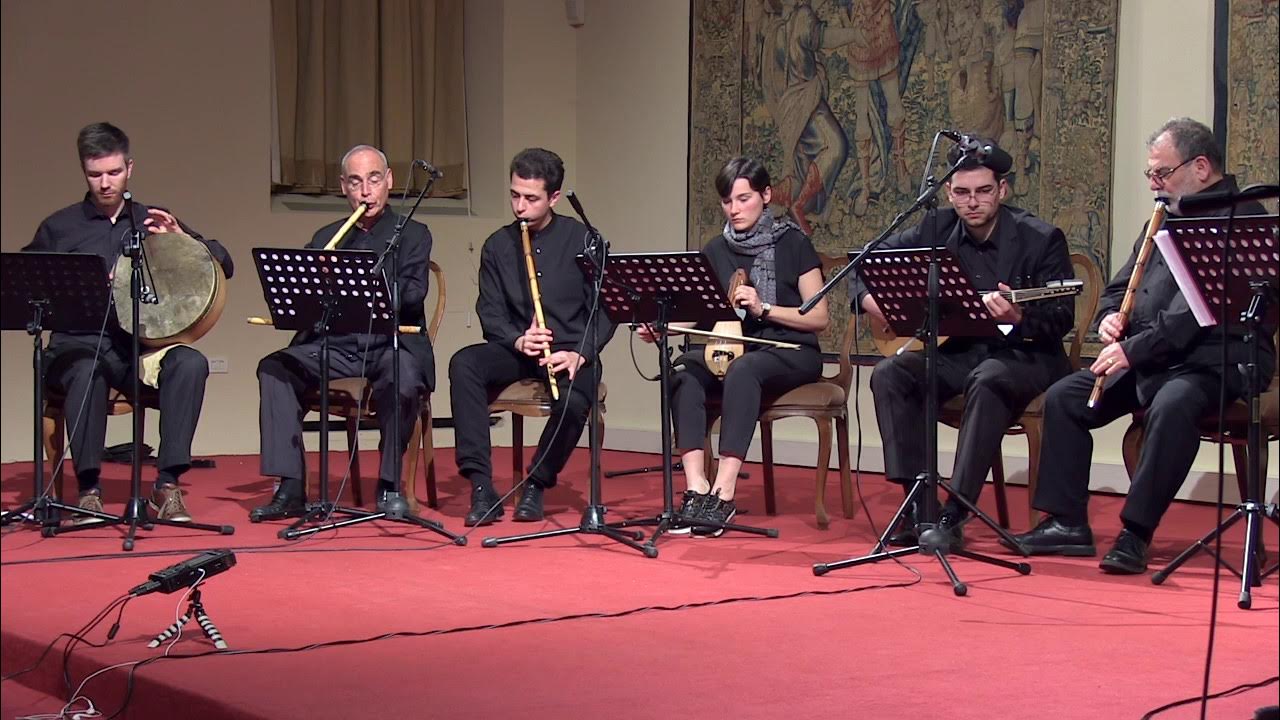Ottoman Classical Music | Kudsi Erguner and Bîrûn Ensemble 2016 | Rehâvi Peşrev

Details
| Title | Ottoman Classical Music | Kudsi Erguner and Bîrûn Ensemble 2016 | Rehâvi Peşrev |
| Author | Fondazione Giorgio Cini |
| Duration | 4:52 |
| File Format | MP3 / MP4 |
| Original URL | https://youtube.com/watch?v=-gY0TAVeUFM |
Description
“Rehâvi Peşrev” (8/8)
Composer: Tanbûrî Angeli (1610?-1690)
The concert ‘The Greek Composers of the Ottoman Maqam’, directed by Kudsi Erguner was held at the conclusion of the fifth Seminar of the series ‘Bîrûn’. The seminar takes its name from the Ottoman term referring to the “outside”, the “periphery”, opposed to the inner part of the sultan’s palace (Enderûn). As Kudsi Erguner explains: «Until the 19th century Ottoman classical art had developed in the Enderûn and among the Ottoman elite. Today there is no longer an elite in the palace and the art of music has migrated to the Bîrûn, where once more has found its devotees. In this sense, Venice is an ideal place for the history of the past to become the history of the present».
Participants in the Seminar were young professional and semi-professional musicians who were awarded scholarships to work with Erguner for a week in San Giorgio, studying performance of manuscripts of the Classical Ottoman musical tradition. As written by Erguner: «Purpose of the Seminar is to enable the participants to explore the variety of Ottoman art music. Unfortunately, because of a misconception, today this legacy is still called ‘Turkish classical music’. But it is actually the classical music of many different peoples who shared a common history within the Ottoman empire».
According to Giannis Koutis, the peşrev is one of the most important compositional forms in the ceremonies of the mevlevî dervishes, better known in the West as the “Whirling Dervishes”. In the context of the ceremony (âyın) is used as a prelude to the brotherhood’s ritual. The melodic development of a peşrev is divided into four main parts (hâne): at the end of each of them there is a refrain (teslîm). The rhythmic cycles of a peşrev may range from the simplest to the most elaborate and complex. In this specific case we hear one of the most well-known compositions by a virtuoso of the tanbûr long-necked lute, founder of the modern style of this instrument: the peşrev in maqâm rehâvi by Tanbûrî Angeli (1610?-1690), one of the first and most important Greek musicians active in the Ottoman court, also known as Koca Angeli (‘the great Angeli’), a virtuoso of the tanbûr long-necked lute.
A CD-book of the concert was published within the IISMC series ‘Intersezioni musicali’ in cooperation with the publisher Nota.
https://www.notamusic.com/prodotto/i-compositori-greci-del-maqam-ottomano/
Ensemble Bîrûn 2016: Kudsi Erguner (ney, musical director), Ahmet Altinkaynak (ney), Emine Bostanci (kemençe), Michalis Cholevas (yayli tanbûr), Ayberk Coşkun (‘ûd), Giovanni De Zorzi (ney), Nurullah Ejder (kanûn) Safa Korkmaz (vocal), Giannis Koutis (vocal, ‘ûd), Reza Mirajalali (târ), Nikos Papageorgiou (vocal, tanbûr), Jacobus Thiele (percussion)
Fondazione Giorgio Cini, Venice, 19 March 2016
More info on this event: http://www.cini.it/en/events/birun-ottoman-music-workshop-greek-composers-in-classical-ottoman-music
Video: Simone Tarsitani
http://www.cini.it/en/foundation/institutes-and-centres/comparative-music-studies